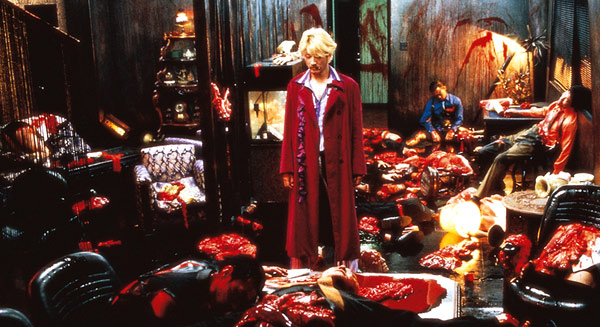
Over the last several years, major Japanese studios have started to follow the tactics of their Hollywood equivalents by finally adapting their own comics, called manga, in the way they deserve.
This tendency is not exactly new, since films based on manga/anime have been shot since the 70s. However, it is the first time that so many expensive and subsequently elaborate productions are being made. This is chiefly attributed to two factors:
1.The people behind those films finally realized that they could not squeeze eight or more hours of anime in a single film, and thus decided to present the movie in two or three parts, retaining much of the original’s story and themes.
2.They also realized since most of the titles are sci-fi themed, much of the budget should be allocated towards the special effects, in order for the adaptation to capture the images of the original. In addition to the large budgets that were eventually approved for those films, the creators managed to finally elaborately depict the originals.
With some focus on diversity, these are the 30 best Japanese adaptations, meaning that films like the Korean “Oldboy” and the Hong Kongese “Story of Ricky” were not included.
30. Kakera: A Piece of our Life (Momoko Ando, 2009)
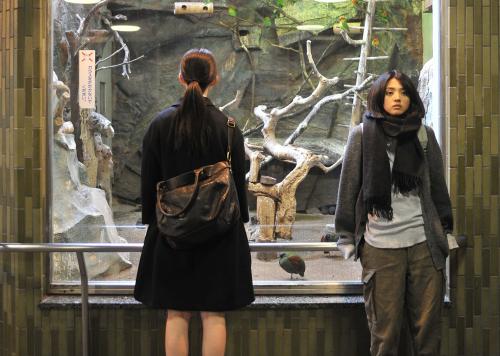
The film is based on the best-selling lesbian-themed manga “Love Vibes” by Erica Sakurazawa.
Haru is an unkempt though beautiful student of English literature who is trapped in an impasse relationship with a fellow student named Ryota, a boor who constantly cheats on her.
One day she meets Riko in a cafe, who openly flirts with her and gives Haru her phone. Although not certain about her sexual preference, Haru calls and they start dating. However, she still cannot resist Ryota, frequently having sex with him, frustrating Riko in the process.
On the other hand, Riko works in a lab that manufactures artificial human parts, and a client of hers, the middle aged Tohko, constantly flirts with her.
Momoko Ando directs a bittersweet film that revolves around the two suitors and Haru’s indecisiveness regarding her relationship with Riko. The lesbian element is presented in subtle fashion while the film makes a clear comment regarding homosexual relationships in Japan.
29. Tokyo Tribe (Sion Sono, 2014)
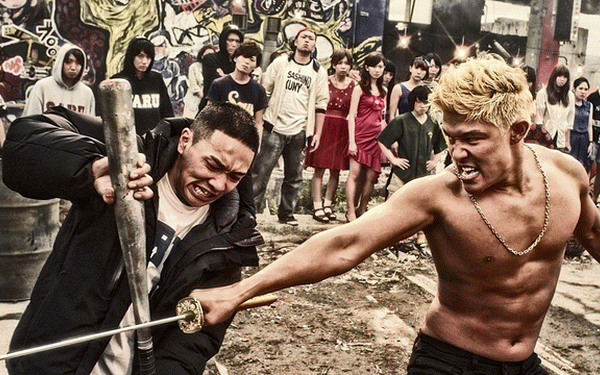
The film is based on the manga series “Tokyo Tribes” by Santa Inoue.
Lord Buppa is a sadistic cannibal who happens to be the Yakuza boss in Tokyo. Although there are many gangs in the city, he manages to keep them under control by turning them on each other, while his ulterior plan is to become strong enough to destroy them once and for all.
The day arrives when his subordinates deliver to him a new “batch” of girls, who are to be eaten or to become prostitutes. Among them is Sunmi, a seemingly demure girl, whose “untouched” body transforms into a killing machine when someone treats her violently. The girl draws the interest of both of Bupa’s sons, the biological Nkoi and the adopted Mera, who never wears anything above his pants.
The latter, for a hilarious reason that is revealed toward the end of the film, hates the sole pacifist gang of the area, the Musashino Saru and particularly their leader, Kai. Eventually, his personal gang, Wu Ronz, along with some of Buppa’s henchmen, ambush some of the Saru members and end up killing Tera, Kai’s friend. Subsequently, a war begins among the gangs while Buppa unleashes his hordes.
Sion Sono directs an absurd mixture of hip-hop, violent fights and a plethora of preposterous characters, including Sunmi’s best friend, Yong, who uses a killing break dance technique. Of course, since we are talking about Sion Sono, the exploitation aesthetics could not be missing, with violence against women, martial arts and the inevitable bloodbaths.
All of the above may be visually impressive, in combination with the motley colors, the music video aesthetics, and the slapstick humor, but they don’t hide the fact that the script is inadequate, failing to give a reason behind all the events that occur.
28. Air Doll (Hirokazu Koreeda, 2009)
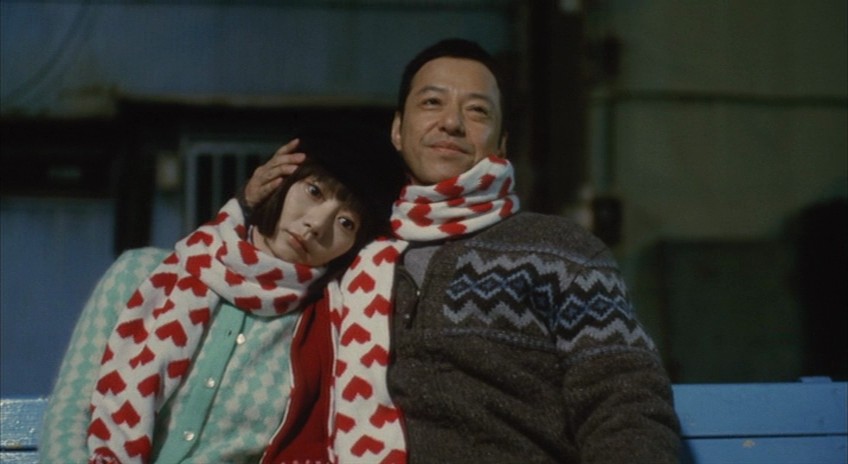
The film is based on the manga series “Kuuki Ningyo” by Yoshiie Gods.
The middle-aged Hideo owns an inflatable sex doll he calls Nozomi. He is infatuated with her; he dresses her, talks to her, takes her for walks, and even has sex with her.
One day, Nozomi comes to life and realizes she has a heart. She decides to leave the apartment and eventually meets Junichi, a video store clerk, and falls in love with him. Later on, she even gets a job at the same video store.
Hirokazu Koreeda directs a very dramatic film that focuses on loneliness through a highly surreal script. The film is a little longer than it should be, since Koreeda seems to linger at times. However, Korean actress Bae Doona gives a wonderful performance as Nozomi, conveying the unprecedented feelings of the air doll with elaborateness.
27. Honey and Clover (Masahiro Takada, 2006)
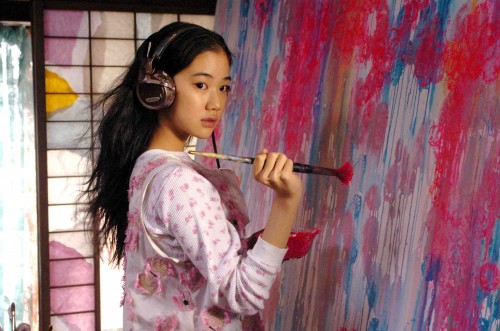
Based on the manga series by Chica Umino, “Honey and Clover” is a coming-of-age romantic comedy.
The plot revolves around four art students and friends, Takemoto, Morita, Mayama and Yamada, whose lives change radically when a fifth member enters the group. This individual is Hagu, the niece of an art professor and a true prodigy in her field.
Both Takemoto and Morita fall in love with her, although they go about their feelings in opposite ways. Yamada is in love with Mayama; however, he is in love with his boss, an older woman. The five of them try to cope with their feelings while searching for their place in life.
Masahiro Takada stayed close to the general nature of the film, although some liberties were taken in terms of the character’s presentation and their relationships. Nevertheless, the outcome is a competent film that benefits the most of the art depicted, as well as Yu Aoi’s performance as Hagu.
26. Tokyo Zombie (Sakichi Sato, 2005, Japan)
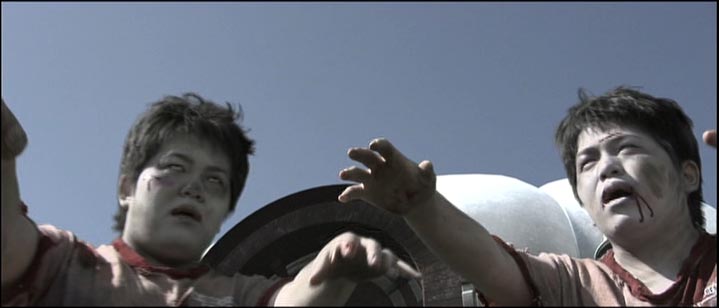
Based on the homonymous manga by Yusaku Hanakuma, the film revolves around two workers at a fire extinguisher plant: Fujio, who has an Afro, and the bald-headed Mitsuo. The two spend most of their shift slacking off instead of working, a practice that includes practicing jiu-jitsu.
When their boss discovers them, they accidentally kill him and dump his body in a toxic waste field called Black Fuji. Subsequently they run away in a van; however, through Black Fuji, an army of zombies emerges and begins to attack the living. The two protagonists struggle to survive the onslaught by using their jiu-jitsu techniques.
Sakichi Sato succeeded in retaining both the post-apocalyptic splatter elements and the comedic ones regarding the zombies. The film is filled with slapstick humor, violence, and distinct B-movie aesthetics, not to mention some minor sociopolitical remarks that look completely farcical in this zombie curio.
25. Thermae Romae (Hideki Takeuchi, 2012)
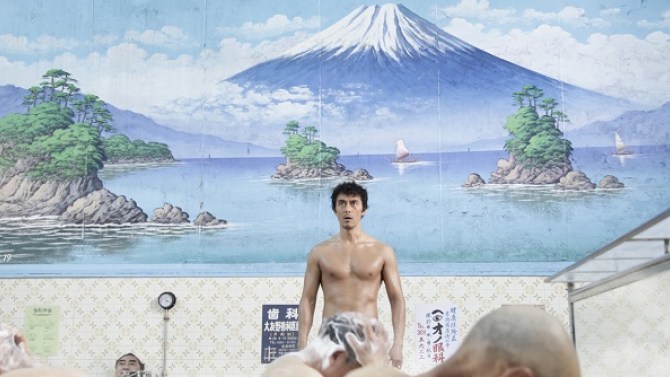
Based on the homonymous and very successful manga by Mari Yamazaki, “Thermae Romae” is one of the most acclaimed titles on the list, receiving international recognition, becoming the second highest-grossing film in Japan in 2012, and netting the protagonist, Hiroshi Abe, a Japanese Academy Award for Best Actor.
The nonsensical scenario revolves around Lucius, a Roman architect who is having trouble coming up with plans for a new bathhouse. However, he eventually finds a hidden tunnel in another bathhouse that leads to modern Japan. The contemporary bath accommodations he finds there, along with Mami, a young manga artist who functions as his tour guide, inspire him to complete his building in ancient Rome.
Japanese actors playing Romans that roam in modern day Japan was quite an unusual and illogical notion, but Hideki Takeuchi managed to depict it in an artful and entertaining fashion, while exemplifying the plumbing of contemporary Japan.
Obviously, this is a truly preposterous film that still managed to become a very appealing spectacle, owing greatly to Abe’s performance.
24. Azumi (Ryuhei Kitamura, 2003)
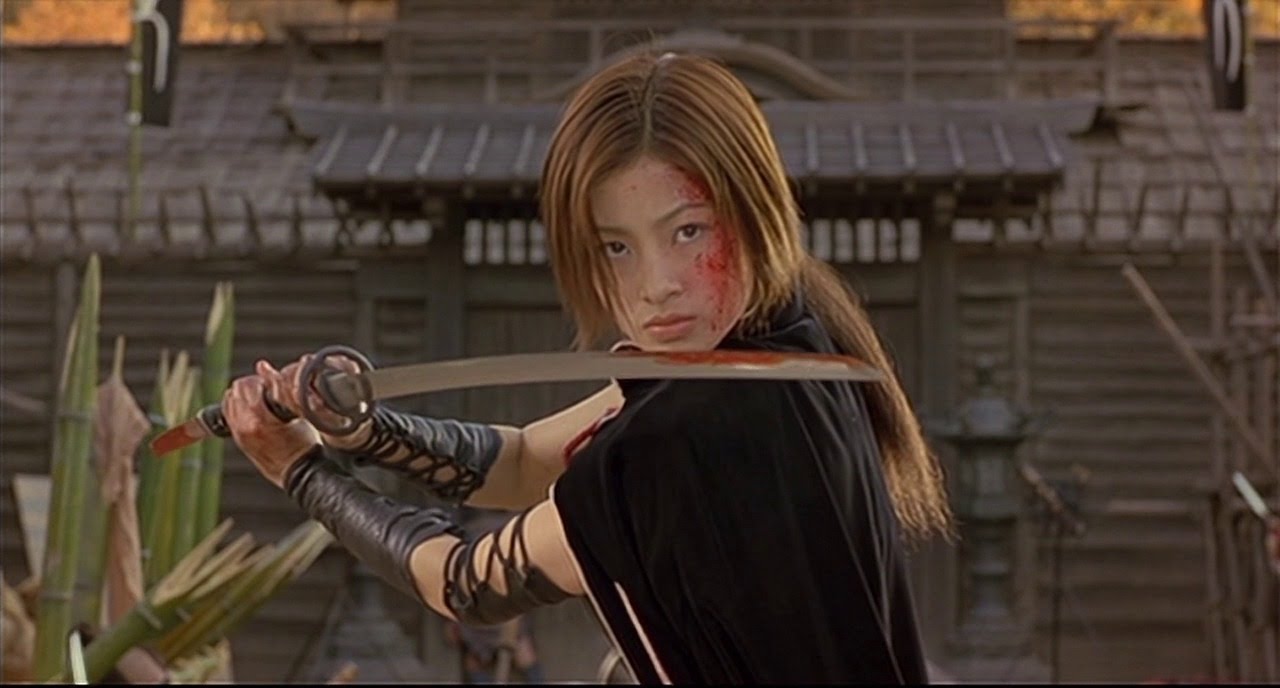
Based on the homonymous manga series by Yu Koyama, “Azumi” tells the story of a band of ninjas, trained from childhood by the old master Jiji, in order to assassinate Toyotomi Hideyoshi’s three allies: Nagamasa Asano, Kiyomasa Kato and Masayuki Sanada.
At the end of their training, Jiji orders the students to pair up with their best friend and duel to the death. One of the survivors is Azumi, who then embarks on completing her mission along with the rest of the survivors, while doubt and internal conflict begins to poison their minds.
Despite having a relatively low budget, Ryuhei Kitamura managed to create a thrilling film filled with blood and violence that benefits the most from the impressive action scenes and the depiction of the supernatural characters.
23. Yakuza Weapon (Tak Sakaguchi, 2011)
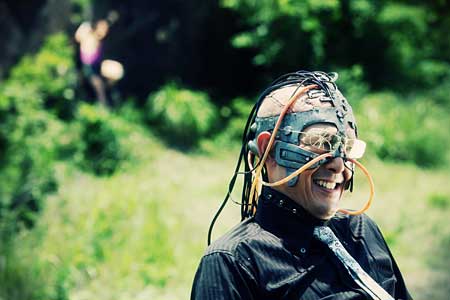
Based on the homonymous manga by “Getter Robo” creator Ken Ishikawa, “Yakuza Weapon” is another preposterous splatter film, by “Samurai Zombie” director Tak Sakaguchi, who also plays the protagonist.
The story revolves around Shozo Iwaki, a Yakuza working as a mercenary in South America. When he is informed that his father and Yakuza boss Kenzo Iwaki was murdered, he decides to return to Japan, where he learns that the perpetrator was his right hand man Kurawaki, who now is the head of the clan.
The inevitable showdown leaves both of them injured, with Shozo having lost an arm and a leg. However, when he wakes up, he finds himself in a strange lab where his limbs have been replaced by a Vulcan cannon and a rocket launcher. He then embarks on a trip to complete his vengeance.
Sakaguchi directs a rapid-paced, heavily violent film with distinct manga aesthetics, both in terms of its characters and the general theme. Following the usual style of studio “Sushi Typhoon” that specializes in similar productions, the film entails great special effects by the splatter master Yoshihiro Nishimura and plenty of slapstick humor.
22. Nana (Kentaro Otani, 2005)

Based on the homonymous manga by Ai Yazawa, the film tells the story of two very different girls with the same name (Nana).
The two of them meet on a train to Tokyo, with apparent differences in the way they dress, since one is a punk dressed in black and the other is a cute girl dressed in colorful clothing. However, they seem to share a bond that eventually leads them to live together, despite their very different lives.
Kentaro Otani stayed very close to the coming-of-age aesthetics of the original, which actually drew its popularity almost exclusively from high school girls. His biggest achievements in the film lie with the fact that he let his two protagonists shine, with both Mika Nakashima and Aoi Miyazaki giving wonderful performances while retaining their chemistry throughout the film.
Furthermore, “Nana” created a craze throughout Asia and established Nakashima’s music career.
21. The Mole Song: Undercover Agent Reiji (Takashi Miike, 2012)
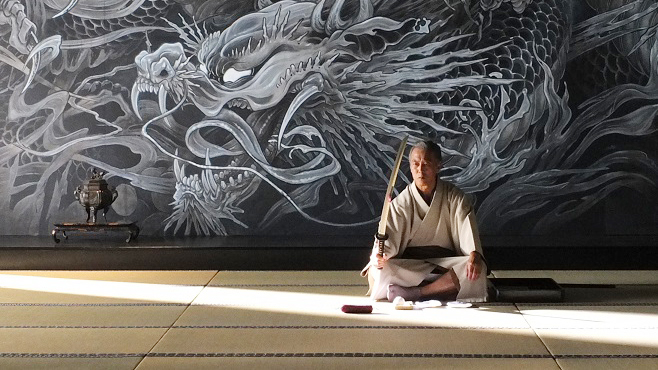
Based on the manga series “Mogura no Uta” by Noboru Takahashi, this preposterous manga found the proper filmmaker to adapt it, with Takashi Miike proving once more that he is ideal for these kinds of adaptations.
Reiji Kikukawa is an honest and idealistic police officer, whose values eventually result in his firing from the force. However, this is actually not the case, since the higher-ups have decided to make him an undercover infiltrator in one of the Yakuza clans.
Dressed in an all-leopard outfit, Reiji embarks on a journey that makes him a friend of the number 2 of the organization who is obsessed with butterflies, while he faces Nekozawa and even manages to lose his virginity to a policewoman named Junna.
Miike directs a film that moves with frantic pace, is filled with extremely motley colors, and entails absurd characters and battles while parodying both police and Yakuza.
The cast is comprised of some of the greatest cult actors in the country, including Shinichi Tsutsumi, Koichi Iwaki and Ren Osugi, while Toma Ikuta holds the protagonist role. All of them play their parts with the exaggerated flamboyance that fits both the original medium and Miike’s style.